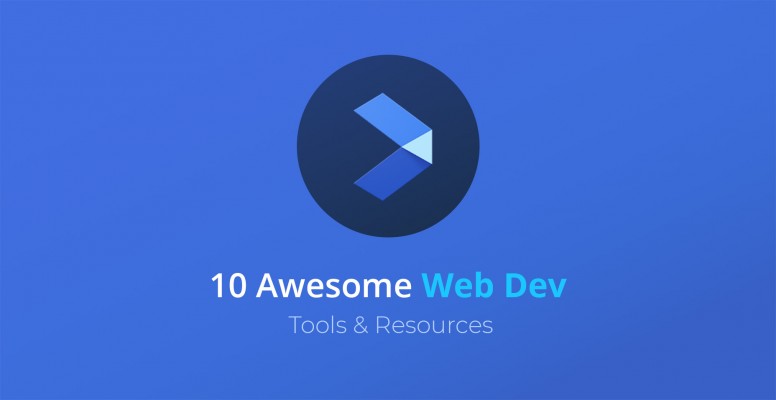The command line is something every developer should learn and implement into their daily routine. It has become a Swiss Army knife of features behind deceptively simple commands, which allow you to gain greater control of your system, become more productive, and much more. For example, you can write scripts to automate daily, time-consuming tasks, and even quickly commit and push code to a Git repository with just a few simple commands.
In this post, we’ll look at the Bash Shell (Bourne Again SHell), which is a command-line interface (CLI) and is currently the most widely used shell. This is a light introduction to the most popular commands, when you’re most likely to use them, and how to extend them with options. Later on in this article, you’ll learn how to create your own custom commands (aliases), allowing you to create shortcuts for a single command or a group of commands.


